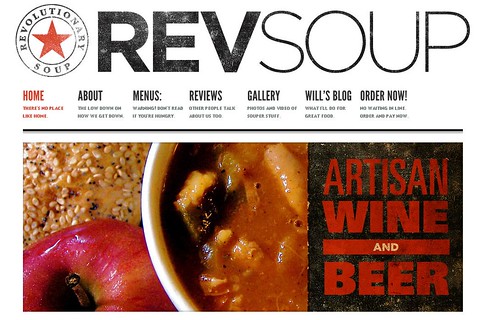 I tweeted something yesterday that in hindsight, I regretted.
I tweeted something yesterday that in hindsight, I regretted.
I was working in a coffeeshop and spotted one well-known public figure having lunch with another well-known public figure. To me, that kind of sighting is tweet-worthy. So I tweeted, providing names and location, even poking a bit of fun at myself for being a gossip tweeter. It was, as my friend Ashlyn said, my Perez Hilton moment.
Less than ten minutes later, out of the corner of my eye, I saw a news crew (videographer and reporter) enter the coffeeshop. At first I thought it was unrelated, then the reporter approached the pair and requested an interview.
I wanted to disappear. I felt terrible! I had no idea my tweet would result in such an invasion. Fortunately the reporter was polite as were the subjects of his interest. They politely declined his request and he left immediately, to my great relief.
I have worked with the media throughout my career in public relations and also as part of it, writing for a newspaper and on television as a social media expert. I regularly provide news ideas and information to members of the media and think I have a pretty good relationship with the local teams. I was surprised, then, that the reporter hadn’t direct messaged me on Twitter, where he clearly got the tip (or called, or e-mailed or smoke signaled).
What’s interesting is that I found myself amid the very issue I’d blogged about a few weeks ago in All the News that’s Fit to Tweet.
I learned something from this and I hope you will, too. In my case, yes, the media is paying attention to what I tweet, and I have a responsibility to make sure I’m anticipating reactions like yesterday’s attempted coverage. It’s likely I’ll never publicly tweet something like that again, unless, of course it is my intent to attract news coverage. This is a lesson for others as well — the media is paying attention to our tweets, and following up on those that seem like potential news — often without contacting the source.
I feel bad about unintentionally interrupting a private lunch between two public figures. I also feel bad that a reporter and camera-person wasted their time driving across town for a story that wasn’t a story. If the reporter had contacted me, I would have steered him away, and tried to come up with another bit of news for him to use, instead.
It’ s a sticky issue, but a conversation I think needs to be opened. What do you think? Should I have refrained from tweeting, or should the reporter have contacted me?


